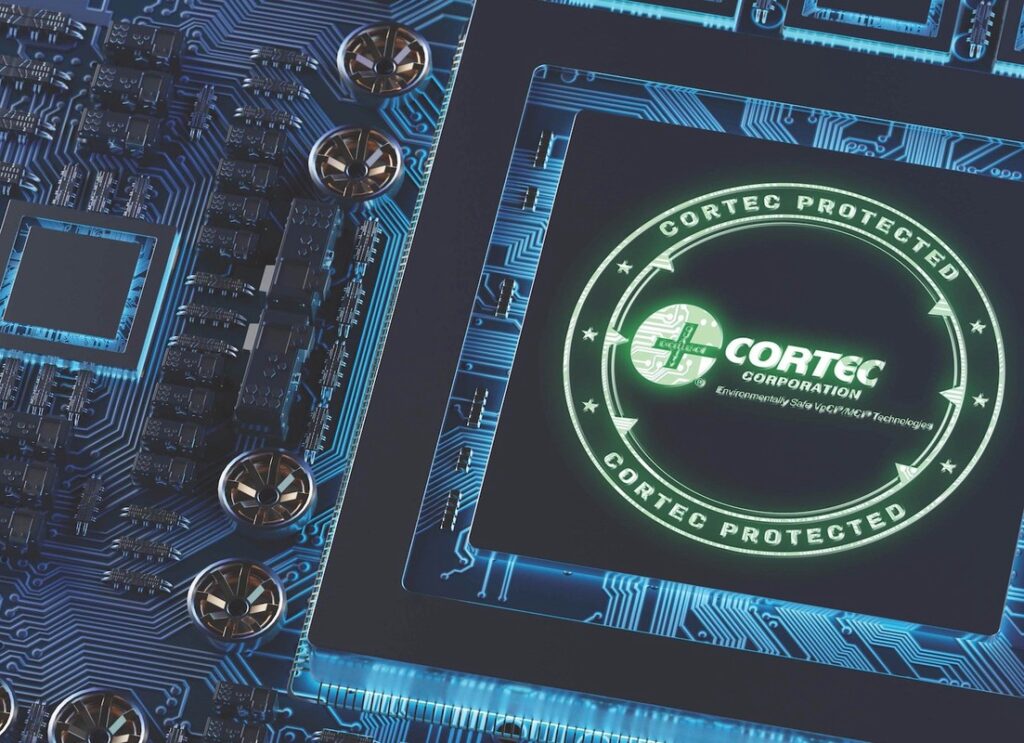Building upon the foundational understanding of how symbols evolve in modern gaming environments, it becomes essential to explore the profound influence of player emotions on this ongoing transformation. Emotions are not merely peripheral responses but central to how players perceive, interpret, and engage with symbols. Recognizing this dynamic opens new avenues for designing more immersive and emotionally resonant gaming experiences. To understand the depth of this interaction, it is helpful to consider how emotional engagement shapes user experience, transforming static symbols into responsive elements that adapt to players’ internal states.
In the context of games like How Symbols Transform in Modern Games Like Le Zeus, symbols serve as conduits for storytelling and gameplay mechanics. As they become more sophisticated, their design increasingly incorporates emotional responsiveness—responding to excitement, frustration, or nostalgia—thus deepening the connection between the player and the game world. This evolution underscores a fundamental shift: symbols are no longer static icons but active participants in emotional storytelling.
Table of Contents
- The Psychological Foundations of Player Emotions and Symbol Interaction
- Emotional Dynamics and Their Influence on Symbol Evolution
- Designing Symbols that Elicit and Reflect Player Emotions
- The Impact of Player Emotions on Symbol Functionality and Context
- Non-Obvious Aspects: Cultural and Personal Variability in Emotional Responses to Symbols
- Future Trends: Emotional AI and Dynamic Symbol Design in Gaming
- Bridging Back to the Parent Theme: How Emotional Factors Continue to Drive Symbol Transformation
The Psychological Foundations of Player Emotions and Symbol Interaction
Emotions like excitement, frustration, and nostalgia significantly influence how players perceive and interpret symbols. For example, a symbol that triggers nostalgia—such as a familiar motif from childhood—can evoke positive feelings that enhance engagement and memory retention. Conversely, frustration caused by ambiguous or confusing symbols can lead to disengagement or negative associations, disrupting the gaming experience.
Cognitive theories suggest that emotional states create mental associations that shape perception. When players associate certain symbols with success or failure, these emotional experiences reinforce or diminish the symbols’ significance. For instance, a glowing, animated symbol that signals a bonus triggers excitement, which in turn makes the symbol more memorable. This process underscores the importance of emotional memory in symbol recognition, as emotionally charged symbols tend to be more deeply embedded in a player’s cognitive framework.
Research in neuropsychology confirms that emotional memories activate specific neural pathways, making emotionally resonant symbols more likely to be recognized and recalled during subsequent gameplay. Therefore, understanding these psychological underpinnings enables designers to craft symbols that resonate on a deeper emotional level, fostering a more meaningful connection with players.
Emotional Dynamics and Their Influence on Symbol Evolution
Player emotional states are dynamic, fluctuating throughout gameplay. These fluctuations influence the complexity and interactivity of symbols. For example, during moments of high excitement, symbols may become more vibrant, animated, or interactive to heighten engagement. Conversely, in moments of frustration, symbols might adapt to become clearer or offer guidance, reducing player stress.
Case studies in adaptive symbol design reveal how symbols respond to emotional cues. An illustrative example is a slot game where symbols change appearance based on the player’s current emotional state—such as intensifying colors during winning streaks or calming hues after losses. Such adaptive features create emotional feedback loops that reinforce positive feelings, encouraging continued play and immersion.
These feedback loops are crucial. They serve as emotional reinforcement mechanisms, where positive responses to symbols motivate players to stay engaged, while negative responses prompt adjustments that restore emotional balance. This ongoing interaction exemplifies how emotional dynamics drive the evolution of symbol complexity and interactivity, making gameplay more responsive and personalized.
Designing Symbols that Elicit and Reflect Player Emotions
Effective symbol design incorporates techniques that evoke specific emotional responses. Color psychology plays a vital role: warm colors like red and orange can stimulate excitement or urgency, while cool colors like blue induce calmness or trust. Animation adds dynamism, making symbols more lively and engaging—an animated coin spinning or a pulsating star can heighten anticipation.
Sound further enhances emotional cues. A triumphant chime reinforces success, whereas a subtle, somber tone can evoke reflection or disappointment. Integrating these sensory elements allows designers to craft symbols that not only convey information but also deepen emotional resonance.
Balancing clarity with emotional depth is critical. Overly elaborate symbols may confuse players, while overly simplistic ones might lack emotional nuance. Striking this balance ensures symbols serve as effective communication tools that foster emotional connection, ultimately enhancing player retention and satisfaction.
The Impact of Player Emotions on Symbol Functionality and Context
Emotional states directly influence how players interact with symbols. For instance, a player feeling anxious might overlook subtle cues, while a confident player may interpret symbols more proactively. Recognizing this variability, game designers are exploring adaptive symbols that respond in real time to players’ emotional feedback.
Real-time emotional detection—through facial expressions, voice tone, or physiological sensors—enables symbols to adapt their behavior. During moments of stress, symbols might become more prominent or offer additional guidance, helping players regain confidence. Conversely, during moments of triumph, symbols can amplify positive emotions through celebratory animations or sounds, reinforcing the emotional narrative.
Context-sensitive symbols are particularly effective in emotional storytelling. They evolve based on the narrative context and emotional cues, creating a seamless experience where symbols contribute meaningfully to the unfolding story arc and emotional engagement.
Non-Obvious Aspects: Cultural and Personal Variability in Emotional Responses to Symbols
Cultural backgrounds significantly shape emotional reactions to symbols. For example, certain colors or motifs may evoke positive feelings in one culture but negative in another. A red symbol might signify luck in Chinese culture yet symbolize danger elsewhere. Understanding these nuances is vital for creating inclusive, adaptable designs.
Personal experiences also influence emotional interpretation. A symbol associated with a personal memory can evoke strong emotions regardless of its intended design. For example, a specific animal motif might remind a player of a beloved pet, intensifying emotional response.
To address this variability, designers are increasingly developing adaptable symbols that can modify their appearance or meaning based on cultural or individual preferences. Such flexibility ensures that symbols resonate authentically with diverse players, fostering deeper emotional connections across varied audiences.
Future Trends: Emotional AI and Dynamic Symbol Design in Gaming
Emerging technologies like Emotional AI are revolutionizing symbol design by enabling real-time emotional detection. Through facial recognition, voice analysis, and physiological sensors, games can gauge players’ emotional states and adapt symbols accordingly, creating a highly personalized experience. For example, if a player appears frustrated, symbols might shift to calmer visuals or provide hints to assist progress.
This personalization extends to dynamic symbol experiences that evolve uniquely for each player, deepening immersion and emotional engagement. Such advances promise a future where game worlds are more responsive, intuitively aligning with players’ internal states and narratives.
However, these innovations raise ethical considerations. Manipulating emotional responses must be handled transparently and ethically to avoid exploitation. Responsible use of Emotional AI can enhance gameplay, but it requires careful regulation and respect for player autonomy and privacy.
Bridging Back to the Parent Theme: How Emotional Factors Continue to Drive Symbol Transformation
In summary, emotions serve as a powerful catalyst for the ongoing evolution of symbols in modern games. By tapping into players’ emotional worlds, designers can craft symbols that are not only visually compelling but also emotionally responsive, fostering deeper engagement and storytelling richness. This emotional responsiveness aligns seamlessly with broader trends in increasing symbol complexity and interactivity, echoing the transformation outlined in How Symbols Transform in Modern Games Like Le Zeus.
“Understanding and designing for player emotions is no longer optional; it is central to the future of immersive game design.” — Industry Expert
As technology advances, the integration of emotional intelligence into symbol design will continue to push the boundaries of what is possible, ensuring that symbols remain vital, meaningful, and profoundly connected to the human experience in gaming. This ongoing transformation underscores the importance of considering emotional factors as core drivers in the evolution of game symbols, enriching both gameplay and storytelling for diverse audiences worldwide.












